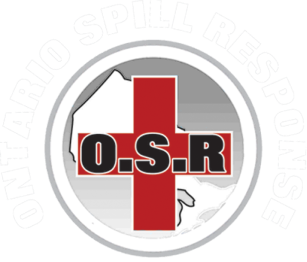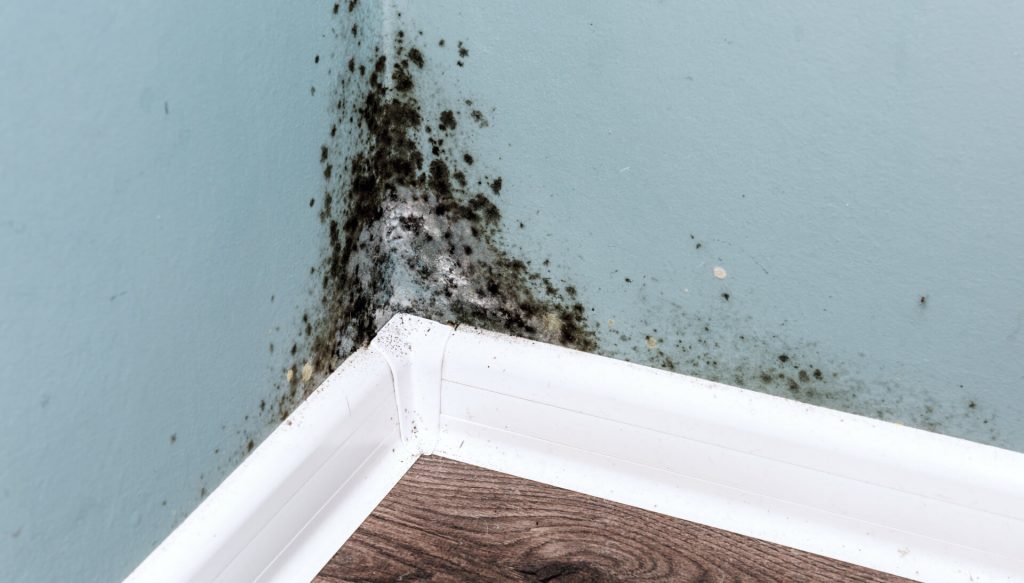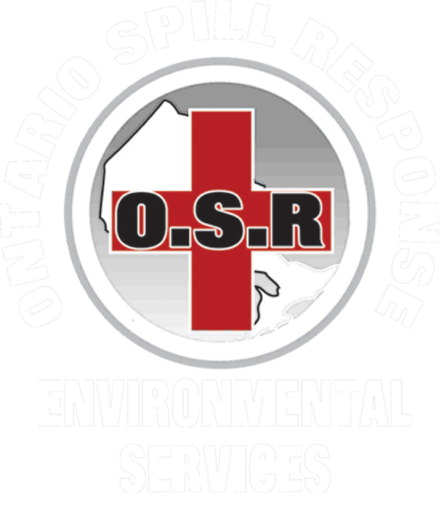While there are certainly a number of materials that can adversely affect one’s health and well-being, there are two chief culprits when it comes to health and safety worries in residential and commercial structures: asbestos and mold. These elements can be tough to find and every so often even more demanding to get rid of in the long run.
Before we dive into remediation and its importance, let’s find out what makes these two substances so hazardous.
Asbestos
For decades, asbestos was employed in a wide variety of products. That’s because of its sturdiness and flexibility. Mostly, however, asbestos fibers are fire resistant, which made it an acceptable choice for numerous applications including roofing materials, brake pads and cement pipe often used in distributing water to communities.
Today, while we might be under the impression that asbestos has been banned from use and removed from many properties, it is most commonly found in older homes and other buildings in pipe and furnace insulation materials, asbestos shingles, millboard, textured paints and other coating materials, and floor tiles.
In addition, asbestos comes in several forms including chrysolite, amosite, crocidolite and anthophyllite. These are used for specific functions such as the list provided just above.
Unfortunately, asbestos has also triggered more harm than good.
Before we understood the dangers of asbestos, it was actually considered an excellent building material that mixed well with practically any other material and offered outstanding insulating properties.
In general, asbestos is a health threat to persons who’ve experienced long-term exposure, and that’s typically someone who worked with or around it in the past. The primary reason we eliminate asbestos today is to prevent future generations from being exposed to it.
So, what makes asbestos so risky and potentially dangerous? When asbestos is disturbed, it breaks off into microscopic and tasteless fibers that can wreak havoc on a person’s respiratory system. Asbestos has been linked to a number of health problems, such as lung cancer, mesothelioma and asbestosis.
Mold
Mold is a fungus that flourishes in moist, humid conditions, both indoors and outdoors. It can discharge airborne spores and mycotoxins, leading to severe headaches, allergies, asthma, rashes and other health-related issues. Mold can begin to develop in as little as 48 hours and thrives on a variety of building materials. It can grow in concealed surfaces such as the back of wallpaper, drywall or paneling in addition to ceiling tiles and under carpets and pads, among other areas.
Mold is a creation of moisture and because it’s living and continually reproducing, it can spread with frightening speed. Mold can take place as an outcome of water damage, ventilation moisture and even sewage leaks. Irrespective of how it begins or where it exists, it must be taken care of to keep everyone safe.
Prominent signs of mold consist of musty odours and discolouration and it’s imperative to maintain mold levels on the inside of a building lower than the levels outside.
Ridding your Structures of Asbestos and Mold
When you’re ready to take the necessary steps and make a structure safe, there are essentially two options – abatement and remediation.
Let’s look at the differences.
Abatement denotes the process of eliminating harmful materials from a structure or covering it safely, so that it’s no longer triggering concerns. So, what does this look like?
Inspectors establish the location and extent of the contamination problem and seal off any spaces that may present a hazard. Abatement experts totally rid of the threatening material and clean the area as well as possible. Licensed abatement specialists go through wide-ranging training to ensure both their safety and the safety of those who inhabit or visit the building.
If specific areas that have harmful materials on them are essential to the structure, they may not be able to be rid of. In that instance, they are sealed off with dedicated materials and equipment. This will keep airborne toxins from escaping and impacting anyone.
Remediation, on the other hand, incorporates abatement but goes a few steps more. Remediation is a complete plan to rid the structure of harmful materials and make sure they don’t occur again. There are a lot of moving parts in remediation, and it can be a rigorous process.
- Detecting hazardous materials and contaminants, along with the source.
- Abatement process to eradicate the contaminants
- Create solutions to remove the source
- Create solutions to get rid of the basic cause
This all-inclusive procedure will not only eliminate contaminants and hazardous materials but also stop them from occurring again. Asbestos and mold can be taken care of with the correct processes.
We have the utmost admiration for licensed general contractors, but they don’t possess the trained staff for cleanup, the necessary equipment, the licenses or the insurance to execute mold and asbestos removal, among other such hazardous materials.
That’s why it’s in your best interests to contact the experts at Ontario Spill Response for all your remediation services.



